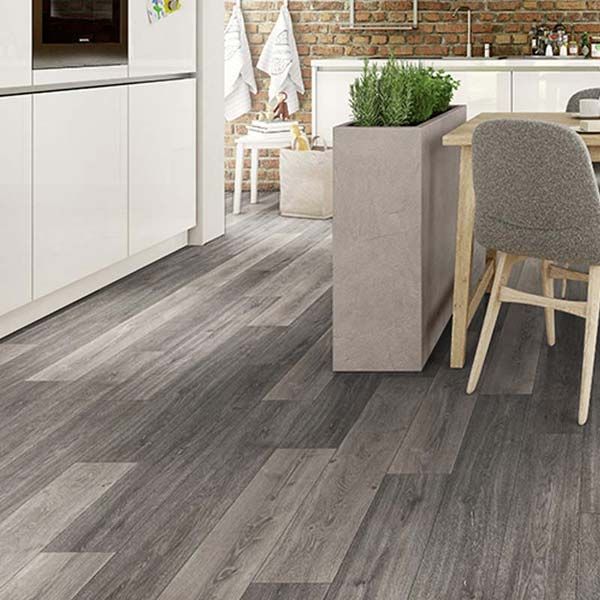As the days draw in and the temperatures drop, homes across the country will be looking at ways to keep homes warm throughout Autumn and Winter, but whilst there are still a few weeks to go before the chill sets in, it may be worth looking into ways to improve your home that could help save the pennies for many years to come.
Underfloor heating has often been seen as a luxury that only certain homes would gain benefit from, but as this has become more widely available, how do you know what is the best flooring type for underfloor heating?
Engineered Wood Flooring

A great choice for underfloor heating would be engineered wood flooring due to its durability and its ability to cope with changes in temperature. When it comes to what flooring is best, there are some considerations such as the thickness of the wood flooring to ensure the floor heats ups quickly, cost of the flooring ahead of the installation and of course the patterns of laying of the flooring to ensure it’s most effective for the conduction of heat. You can read more about wood flooring and underflooring in our full guide.
Pros: Good conductivity / variety of colours and styles / stylish for all home / suitable for most rooms
Cons: Temperature monitoring / thickness dependent on conductivity / don’t confuse with solid wood flooring.
Luxury Vinyl Tiles
Perfect for DIYers looking for a great alternative to wood and a simple and quick installation of new flooring, luxury vinyl tiles (LVT) are a great choice for underfloor heating due to the conductivity that the thinner planks provide compared to tiles or wood.
Pros: Good conductivity / easy installation / flexibility in flooring allows for the expansion and contraction of the heat.
Cons: Stability / Temperature monitoring / Levelling of flooring
Laminate

Similar to luxury vinyl tiles, laminate is a great choice as a more affordable flooring solution if you’re investing in underfloor heating. Whether you already have laminate laid or you’re on a new flooring journey, laminate may be the right choice if you’re looking for a solution in high traffic areas that have little to no moisture.
Pros: Good conductivity / easy installation / suitable for high traffic areas
Cons: Stability / Temperature monitoring / Levelling of flooring / not suitable for bathrooms
Ceramic, Stone or Porcelain Tiles
Popular in bathrooms and kitchens due to their waterproof properties, solid flooring such as stone and ceramic are great conductors and perfect for those areas that are at risk of moisture. Rooms with tiles tend to benefit from underfloor heating because of their naturally cold properties, but this can also mean this type of flooring is only used sparsely in the home.
Pros: Good conductivity / suitable for high traffic areas / great for bathrooms / feel the most benefit
Cons: Installation / Versatility / levelling of flooring
Carpet
There is no real need for underfloor heating for carpeted flooring but it is still available for those that want additional cosiness, however it’s not suitable for all carpet types, so it is best to speak with your supplier if your new or existing carpets are suitable.
Pros: Additional warmth / holds the heat for longer / ideal for bedrooms
Cons: Not suitable with all carpets / requires more considerations when installing / not most energy efficient
Whatever you choose, it’s important to keep ensure you get the best advice and products for your home from a reputable supplier such as us at Factory Direct Flooring. For more information on how to add underfloor heating to your home, contact us today.
